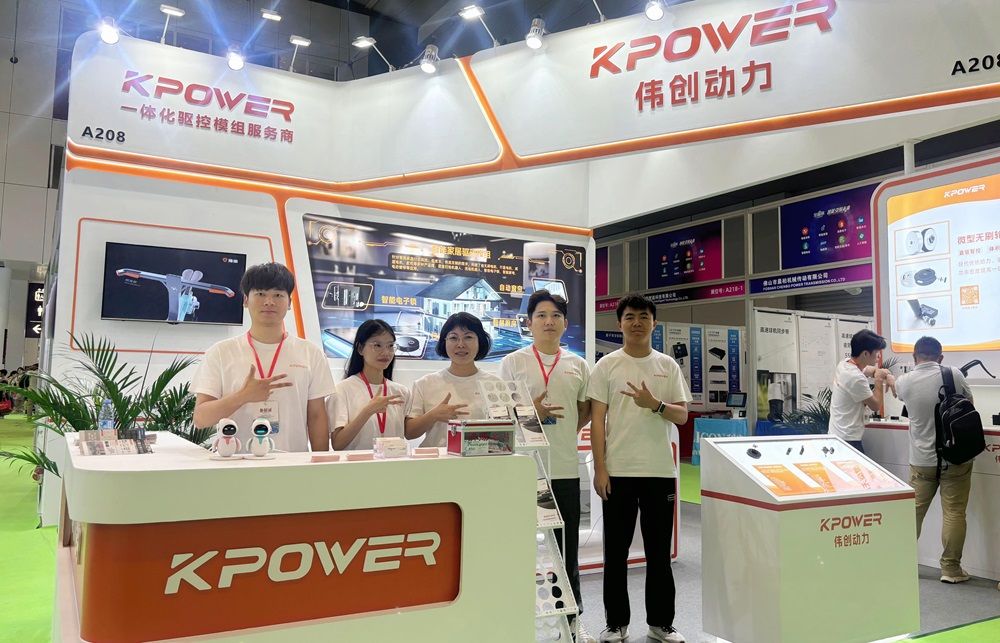Ever wonder how those robotic arms “know” exactly where to go? Or how a tiny device can turn the wheels of an entire conveyor system? That’s where servo motors come into play—a real game-changer behind the scenes. They’re like the brain in a sophisticated dance, controlling motion with precision, speed, and reliability.

Picture this: a drone smoothly changing altitude or a CNC machine carving intricate patterns. All that smooth, exact movement depends hugely on servo motors. They work by converting electrical signals into physical motion, but not just any motion—highly controlled, pinpoint accurate. Instead of just spinning randomly, they follow commands very closely, thanks to a feedback system. Think of it as a conversation—commands go in, the motor responds, and sensors keep tabs, constantly adjusting to keep things just right.
So how exactly do they work? Imagine a tiny motor that’s paired with a gear system, and a sensor called an encoder. When a control signal comes in, it tells the motor how far to turn. The encoder then reports back the position. If the position’s off, the system corrects itself. That cycle keeps going faster than you can blink. The result? Precise positioning, whether that’s rotating an antenna or moving a robotic hand.
A big part of their appeal? Efficiency and simplicity. They don’t need complicated setups—just a stable power supply and a controller, and you’re good to go. Plus, these motors are robust. They can handle heavy loads and high speeds without fuss. They’re everywhere—automated doors open like magic, camera lenses adjust seamlessly, and even hobbyists are loving how easy they are to integrate into DIY projects.
Curious about their versatility? You should be. They fit into tiny spaces—like in medical equipment for fine movements—and can also launch massive industrial machinery. The secret is in their design: you get high torque at low speeds, matched with fast response times. That’s why they’re perfect for applications demanding exact positioning and speed — no matter if it’s a futuristic robot or a precision assembly line.
Ever thought about maintenance? Not much to worry about, really. Because they’re built to last, especially when used within their specifications. The key is choosing the right kind: brushed or brushless? Brushless models tend to last longer and run quieter. But brush motors are still reliable and cost-effective for less critical tasks.
Now, imagine the possibilities—integrating a servo motor into your latest project, and how much smoother everything becomes. The real magic isn’t just in the motor itself; it's in how it opens doors to endless innovation. When quality matters, and you need movement that’s fast, precise, and dependable, servo motors are the unsung heroes powering progress behind the scenes. They’re small parts with a huge impact, silently driving the future of automation.
Established in 2005, Kpower has been dedicated to a professional compact motion unit manufacturer, headquartered in Dongguan, Guangdong Province, China. Leveraging innovations in modular drive technology, Kpower integrates high-performance motors, precision reducers, and multi-protocol control systems to provide efficient and customized smart drive system solutions. Kpower has delivered professional drive system solutions to over 500 enterprise clients globally with products covering various fields such as Smart Home Systems, Automatic Electronics, Robotics, Precision Agriculture, Drones, and Industrial Automation.




































